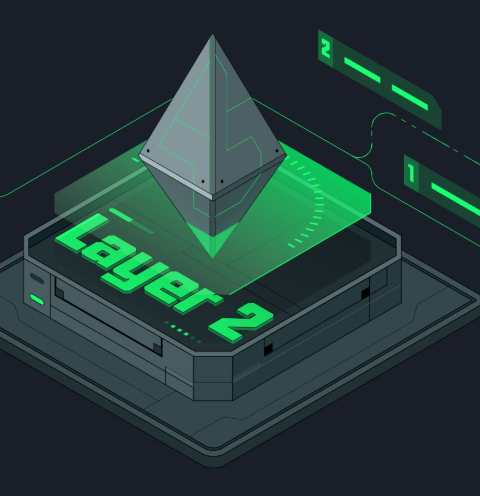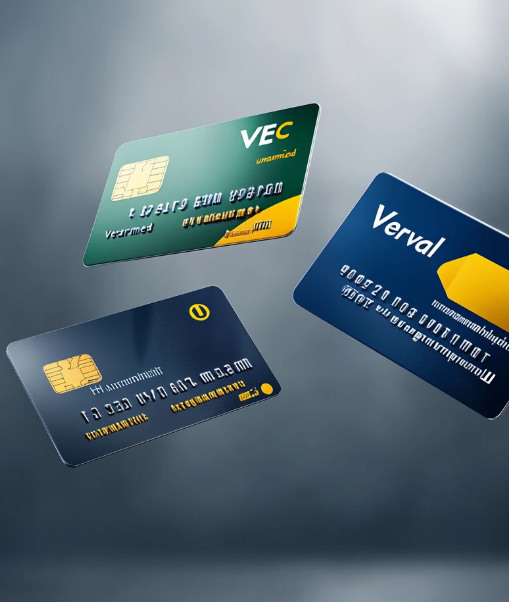The retail and financial sectors have seen a massive shift in recent years, thanks to the rise of blockchain technology and cryptocurrencies. While the adoption of crypto has opened up new opportunities, it has also highlighted some key challenges related to scalability, speed, and cost, especially when it comes to making payments. Layer 2 solutions have emerged as a game-changing technology, addressing these challenges and enabling businesses to take full advantage of crypto payments.
In this blog, we’ll dive into what Layer 2 solutions are, how they improve crypto payment efficiency, and why they matter for businesses, financial institutions, and high-net-worth individuals (HNIs).
What Are Layer 2 Solutions?
Layer 2 solutions are technologies built on top of existing blockchains (Layer 1) designed to enhance the performance of the base chain. These solutions address scalability issues by processing transactions off-chain or through more efficient mechanisms. The goal is to reduce congestion, lower transaction fees, and increase transaction speed while maintaining the security and transparency offered by the underlying blockchain.
Some popular Layer 2 solutions include ZK-Rollups, State Channels, and Plasma Chains, all of which help scale blockchain networks in different ways. For businesses integrating crypto payments, understanding these solutions can offer significant benefits in terms of both cost and efficiency.
How Layer 2 Solutions Improve Crypto Payment Efficiency
1. Reduced Transaction Costs
One of the primary advantages of Layer 2 solutions is the reduction in transaction costs. Traditional Layer 1 blockchains like Ethereum can incur high “gas fees,” especially when the network is congested. This can make smaller or frequent crypto transactions unfeasible for businesses, particularly in industries such as e-commerce or cross-border payments.
Layer 2 solutions address this by offloading a significant portion of the work off the main blockchain. For example, ZK-Rollups aggregate multiple transactions into a single batch before recording them on the main chain, which drastically reduces individual transaction costs. This makes crypto payments more affordable for businesses that need to process a high volume of transactions, boosting profitability and operational efficiency.
2. Faster Transaction Times
Transaction delays are another major challenge with traditional payment systems. Payments that involve multiple intermediaries or cross time zones can take several days to settle, causing inefficiencies for businesses that rely on fast payments. Layer 2 solutions dramatically improve transaction speed.
For instance, State Channels allow transactions to be processed off-chain between parties, with final settlement happening only on the main blockchain when necessary. This speeds up the transaction process, allowing businesses to make payments quickly, which improves cash flow and overall operational efficiency.
3. Scalability for High-Volume Payments
Scalability is a critical issue for many blockchain networks. As transaction volumes increase, the base blockchain can become congested, leading to higher fees and slower processing times. Layer 2 solutions address this challenge by handling transactions off-chain or using aggregation techniques, allowing businesses to scale their operations without overwhelming the main blockchain.
For example, businesses dealing with large-scale cross-border payments or accepting crypto payments globally can rely on Layer 2 solutions to handle higher transaction volumes without compromising speed or cost. This scalability is essential for companies looking to use crypto payments in a high-volume environment.
4. Enhanced Privacy
While blockchain technology is known for its transparency, this can sometimes raise privacy concerns, especially for businesses in industries that require confidentiality. Layer 2 solutions can help address this issue by processing transactions off-chain, making them less visible on the main blockchain.
ZK-Rollups, for example, ensure that transaction details are not exposed on the Layer 1 chain, offering improved privacy while maintaining security and transparency. This makes Layer 2 solutions an attractive option for businesses, particularly in sectors like banking, where privacy is paramount.
5. Interoperability Across Networks
As the blockchain ecosystem grows, businesses need the ability to operate across different blockchain networks. Layer 2 solutions facilitate interoperability, making it easier to transfer assets and data between multiple blockchains. This is crucial for businesses that want to engage with customers or partners across different ecosystems.
By enabling cross-chain transactions, Layer 2 solutions reduce the complexity of managing multiple blockchain networks. Businesses can expand their crypto payment systems across different platforms, increasing market reach without being limited by the constraints of any one blockchain.
Why Should Banks, Financial Institutions, and HNIs Care?
Layer 2 solutions aren’t just beneficial for businesses; they also present significant advantages for banks, financial institutions, and high-net-worth individuals (HNIs). Banks and institutions can use Layer 2 solutions to streamline cross-border payments, remittances, and bulk transactions. The reduced fees, faster processing, and enhanced scalability will make their payment systems more efficient.
For HNIs, privacy and security are essential. Layer 2 solutions offer greater privacy for high-frequency crypto transactions, allowing HNIs to send and receive funds securely and quickly, without the risks associated with traditional payment systems. Additionally, these solutions help eliminate high transaction fees, making them an attractive option for individuals who require seamless cross-border transfers.
As the crypto landscape becomes more competitive, businesses and financial institutions that adopt Layer 2 solutions will be better positioned to stay ahead in a rapidly evolving market.
Conclusion
Layer 2 solutions offer businesses an opportunity to overcome many of the scalability, speed, and cost issues associated with traditional blockchain networks. With reduced transaction fees, faster transaction times, enhanced privacy, and greater scalability, businesses can improve their crypto payment systems and provide a better experience for their customers.
For banks, financial institutions, and high-net-worth individuals, Layer 2 solutions open up new opportunities for cost-efficient, secure, and scalable crypto transactions. By leveraging these solutions, businesses can unlock the full potential of blockchain technology and stay competitive in the digital economy.
As the world of cryptocurrency continues to evolve, understanding and implementing Layer 2 solutions will be crucial for businesses that want to remain ahead of the curve.













